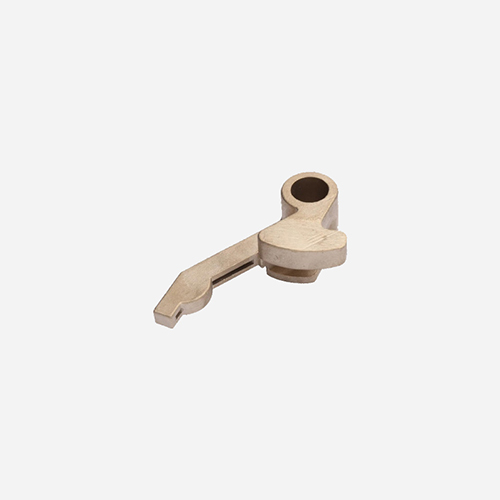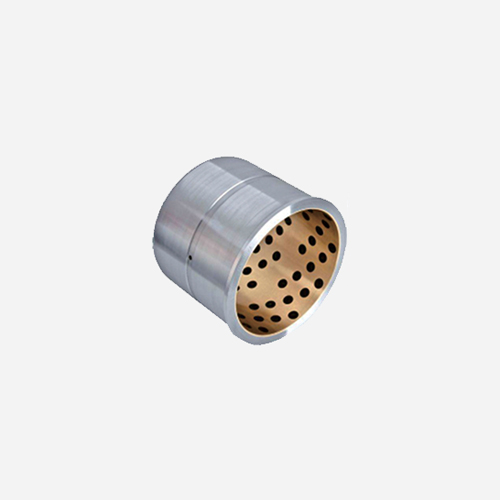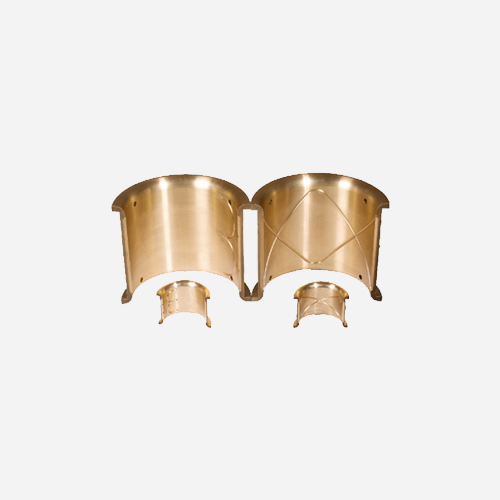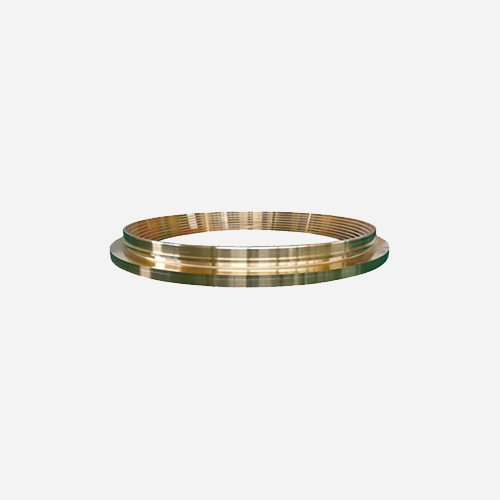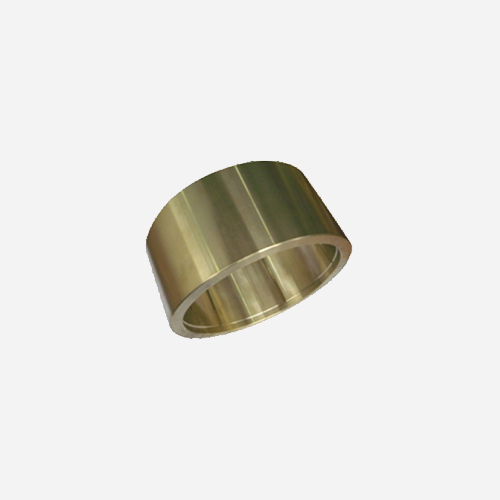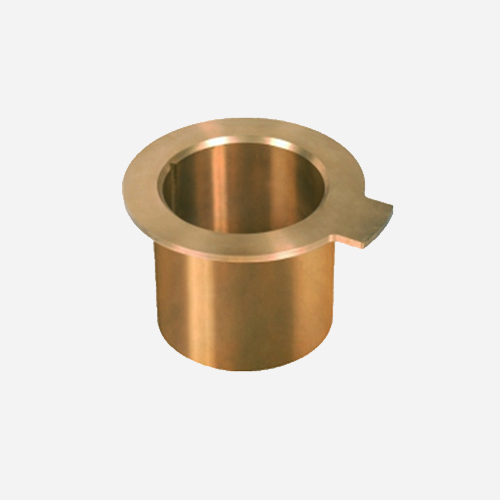Wear Plate
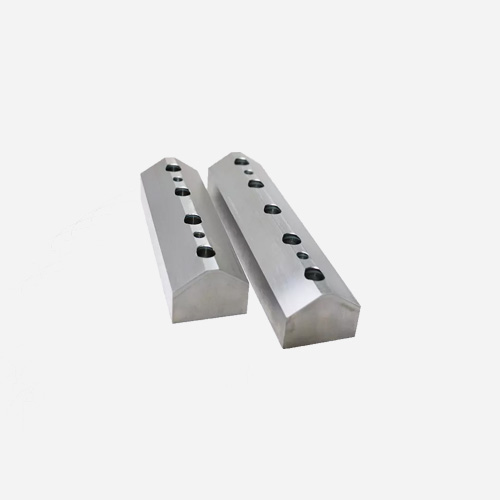
Wear Plate
Oiles Bearings Composition
Oilless Bearings can be divided into steel plate + copper layer + PTFE oil-free self-lubricating bearings, single-layer metal oil-free self-lubricating bearings, bimetallic oil-free self-lubricating bearings, solid inlaid oil-free self-lubricating bearings, etc.
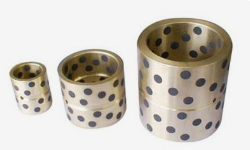
Commonly used Oilless Bearings materials are bearing alloys (also called babbitt alloys or white alloys).
Oilless Bearings materials can be divided into cast iron, copper-based and aluminum-based alloys, powder metallurgy materials, plastics, rubber, hardwood and carbon-graphite, polytetrafluoroethylene (Teflon, PTFE), modified polyoxymethylene ( POM), and so on.
| STATIC | 250N/mm2 | temperature | -100℃~+300℃ |
| slow running test | 100N/mm2 | lubricating grease | 0.3m/s |
| pv value | 1.65N/mm2.m/s | Thermal conductive | 60W(m.k)-1 |
| linear expansivity | 19*10-6K-1 | hardness | HB>20 |
| Tensile Strength | 750N/mm2 | extensibility | 12% |
During use, the solid lubricant is rubbed with the shaft through frictional heat to form an excellent condition for the coexistence of oil and powder lubrication, which not only protects the shaft from wear but also makes the solid lubrication properties eternal. Its hardness is twice as high as that of ordinary copper sleeves, and its wear resistance is also twice as high.
| Optional materials and corresponding technical indicators | |||||
| ITEM NO | 1 | 2 | 3 | 4 | 5 |
| Bulk Material | CuZn24Al6 | CuSn6Zn6Pb3 | CuSn6Zn6Pb3 | HT-250 | GCr15 |
| Matrix hardness | Hb230(Hb270) | HB 90 | HB 80 | HB 210 | HB 60 |
| friction coefficient | <0.16 | <0.15 | <0.14 | <0.17 | <0.17 |
| maximun emperature | 300℃ | 350℃ | 300℃ | 400℃ | 350℃ |
| Ultimate dynamic load | 100 N/mm2 | 60 N/mm2 | 70 N/mm2 | 60 N/mm2 | 250 N/mm2 |
| lm/mimUltimate dynamic load | 25 N/mm2 | 15 N/mm2 | 20 N/mm2 | 15 N/mm2 | 70 N/mm2 |
| Use limit PV values | 3.8N/mm2·m/s | 0.5 N/mm2·m/s | 0.6 N/mm2·m/s | 0.8 N/mm2·m/s | 2.5 N/mm2·m/s |

